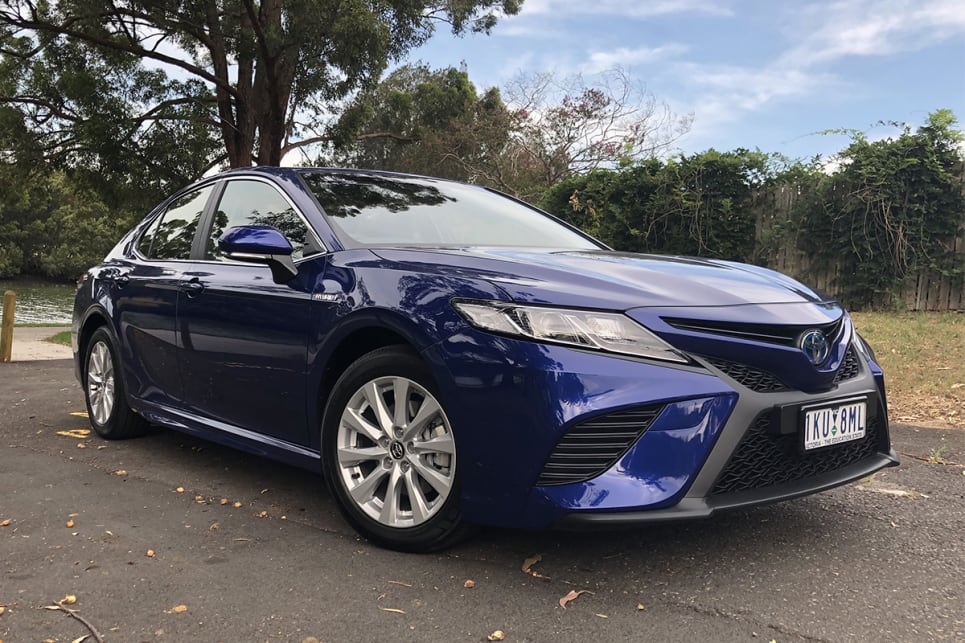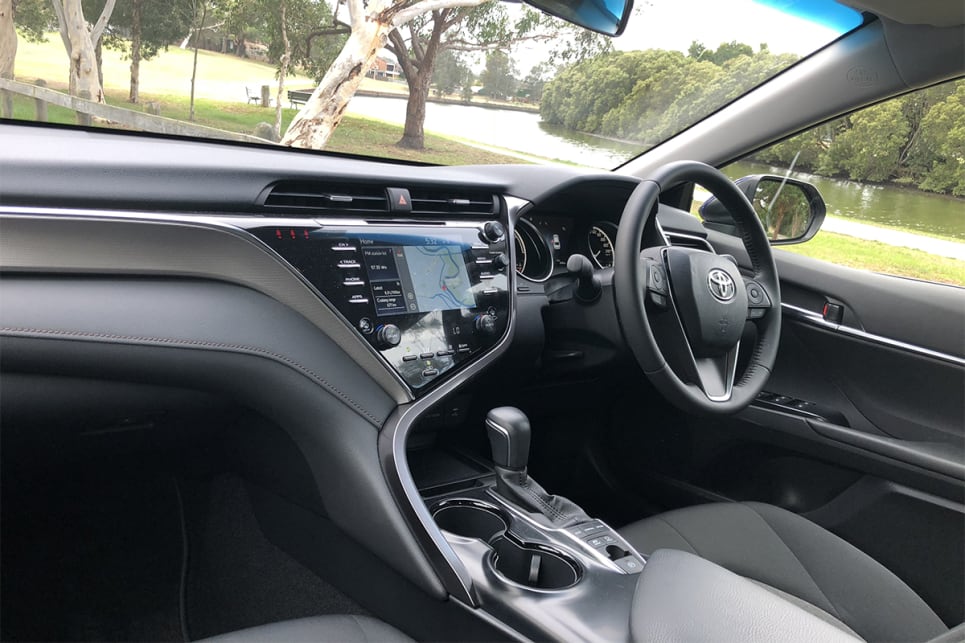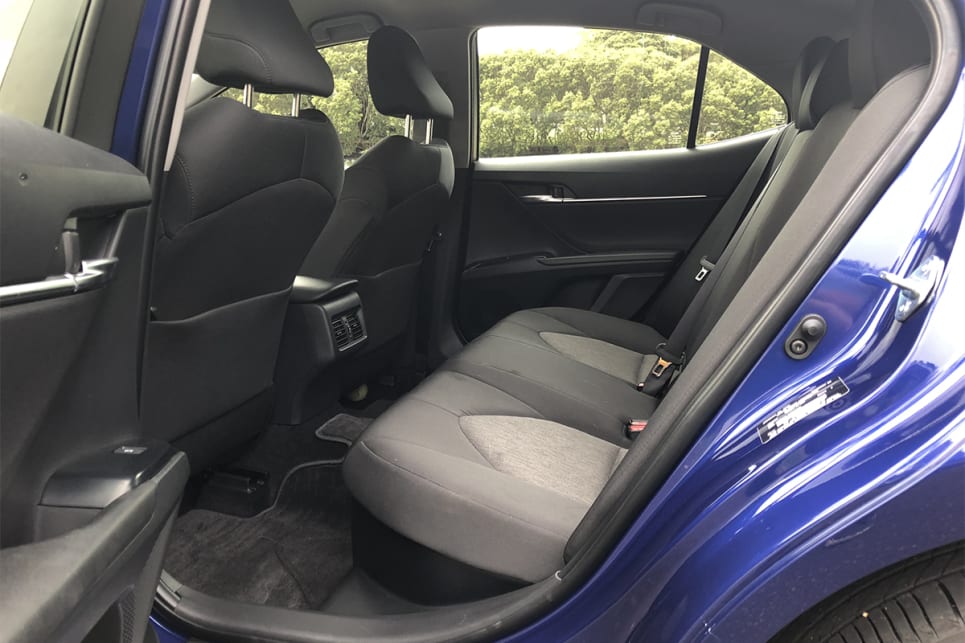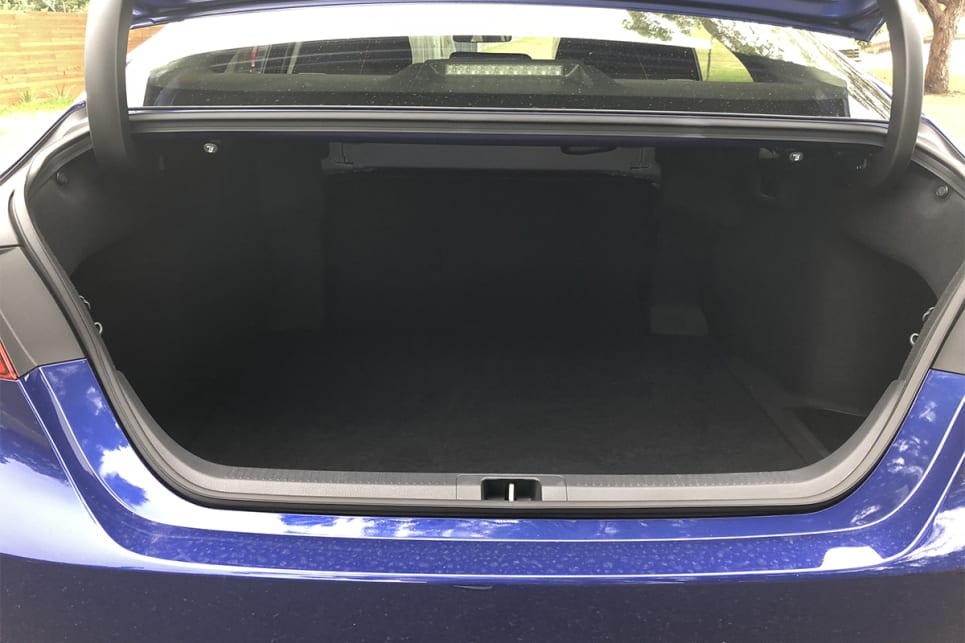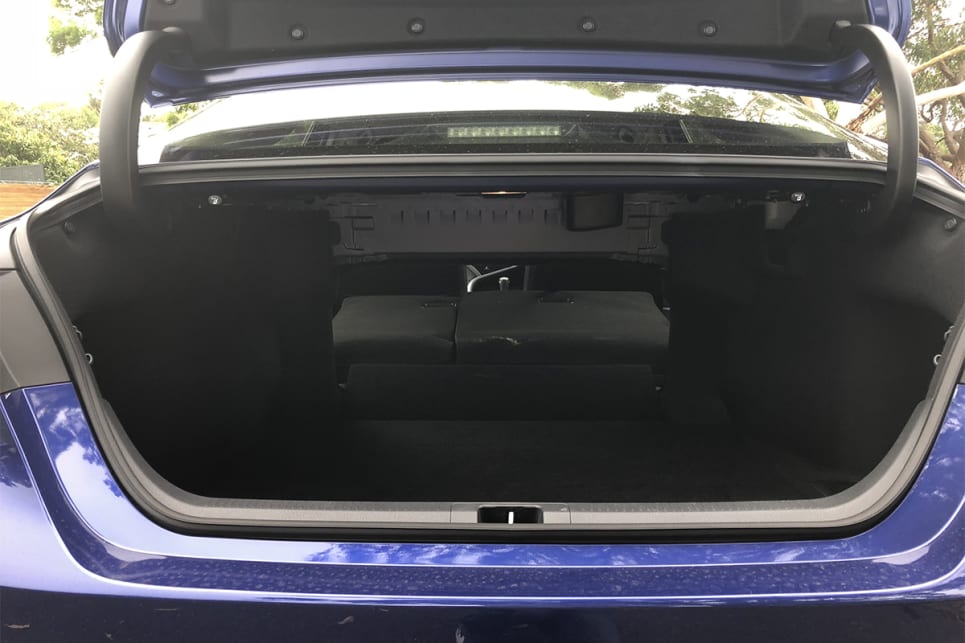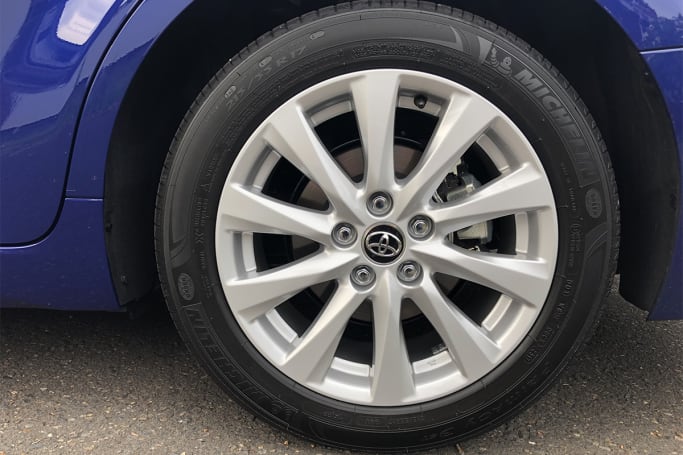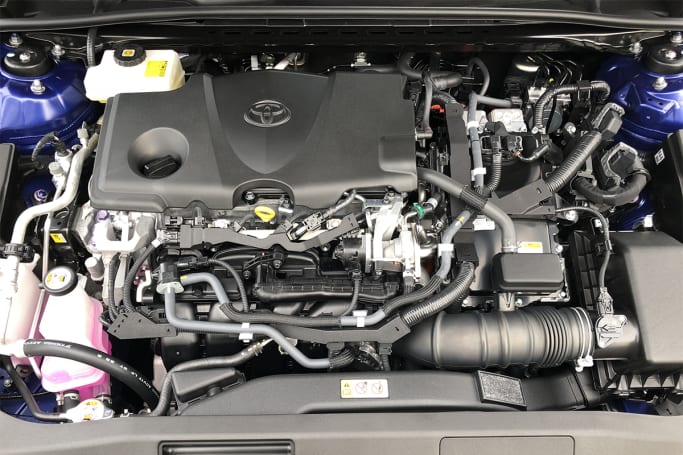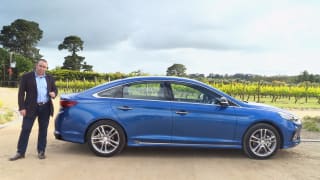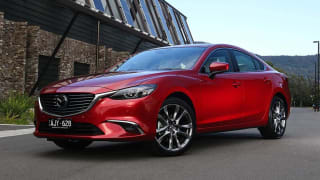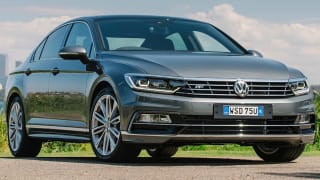It looks…. interesting. And this might be the first time that description has ever been used as a compliment.
You’ll remember the old Camry, I’m sure. The one that mean people said looked like something that should be sold in Harvey Norman and used to keep drinks cold? Well, this one doesn’t.
For one, the grille has been reimagined. There’s still a family resemblance, but it’s now a two-tier design that pinches in the middle before stretching out to each corner of the front-end. The headlights are thin and sharply angled, sweeping back into the bodywork, and a network of raised contours now lines the bonnet.
Side-on, new body skirting links the simple alloy wheels, while the rear view is all fancy tail-lights, integrated boot spoiler and dual exhaust tips mounted on the lower left. It’s a genuinely nice, genuinely premium-feeling exterior treatment from Toyota.
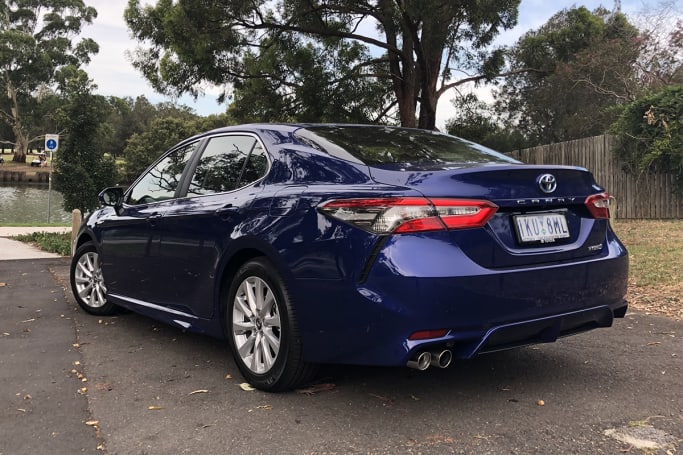
There are more changes inside, too, where a new, swirling, modern-feeling dash houses the key screen and controls, and where the cheaper hard plastics are mostly disguised by soft-touch materials to give an impression that's approaching premium.
